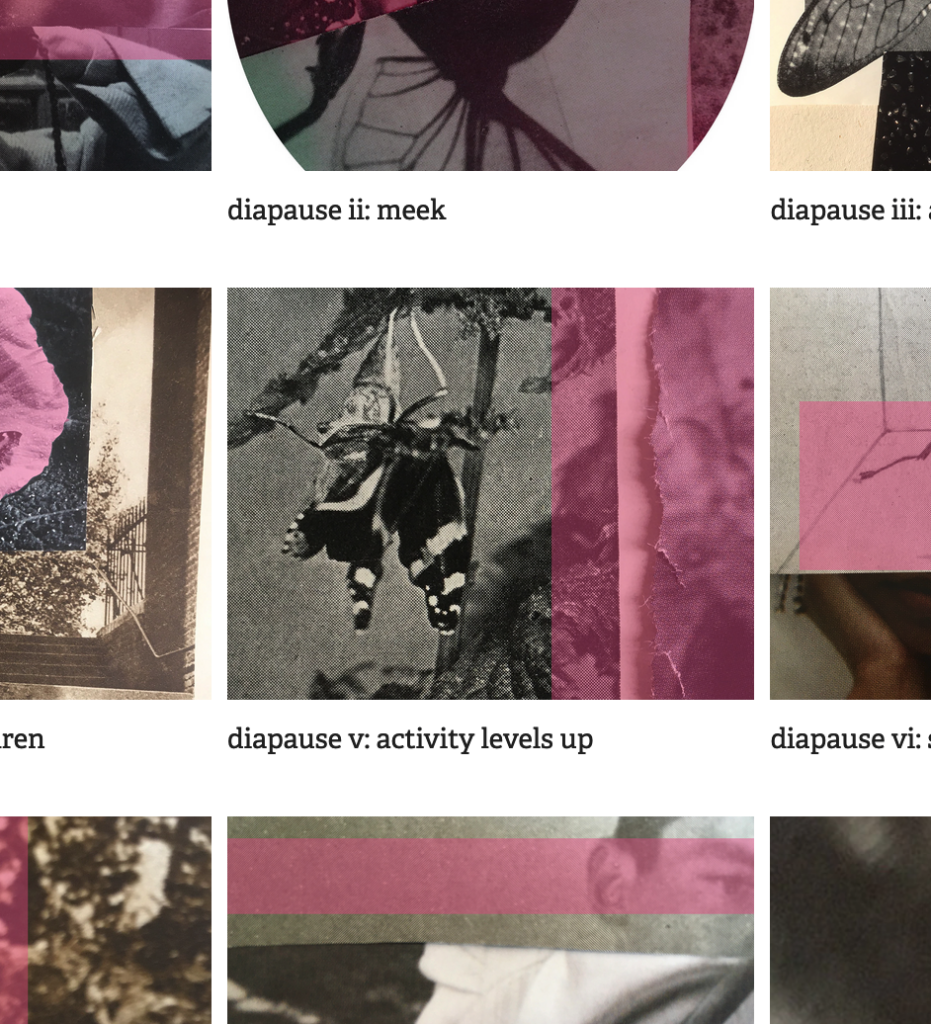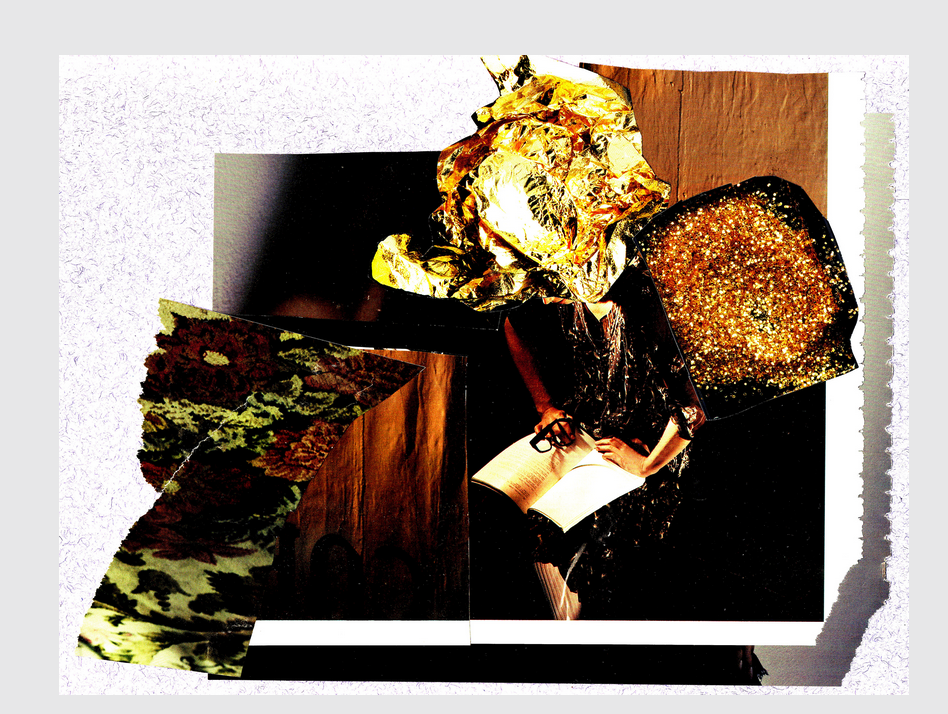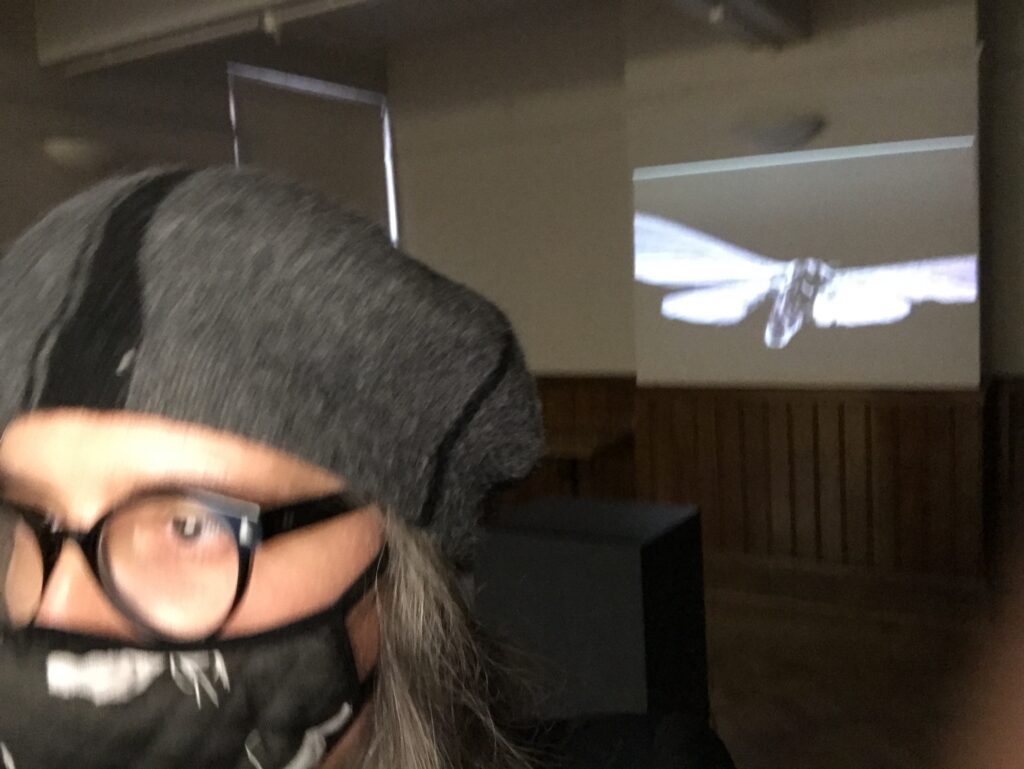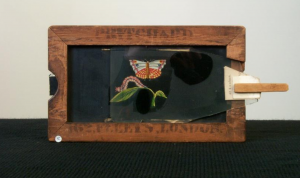
weather, whether radar: plume of the volants



“Silence cannot be heard in terms of pitch or harmony: it is heard in terms of time length” John Cage “If we had a keen vision of all that is ordinary in human life, it would be like hearing the grass grow or the squirrel's heartbeat, and we should die of that roar which is the other side of silence” Middlemarch, George Eliot.
from: Weather, Whether Radar: Plume of the Volants Limited Edition to coincide with exhibition (200 copies): currently available from foundmaterials@me.com £15 Digital Studio: https://weatherwhetherradar.art/work
A question of measurement arises both in relation to weather and noise. How to take a ruler to the weather or a gauge to more than rain: the flicker of wings in swarm, a memory of crushed insects on a car windscreen.
The naming of clouds proves a starting point. In possibility we name the shapes as if to produce an inventory of natural phenomenon of the unnoticed or forgotten. A change in climate affects the dew point. An increase in humidity magnifying the effects of heat waves. A body unable to cool.
Noise of silence as music is not a new approach. Thunder sheet. A roar on the other of silence. Go back into the things dismissed as noise with new parameters of attention, make new sense of the data. Parameters set while agreeing that it cannot know how to in advance of itself. A process of unfolding.
Distinctions between central and peripheral tone are eroded or bagged out into new stories. This is not about the expansion of everyday sounds into music but concerns the attention and tuning of location to the everyday.
Once the containers and containment of measurement are exhumed we find ourselves in the frame as prime enemies of climate justice and more. Facts picked up in the data with the question of what is noticed, how and for what purpose?
How to find ways to monitor wildlife in our skies through the repurposing of older technologies once developed for war. Radio Research. Research Radio. The colocation of the question.
What was later a possibility for the detection of insects began with the identification of destroyers.

3 November – 7 November 2021
10:00 – 17:00
Talk on Saturday at 2 pm (booking required)

Fragments From an Interspecies Opera: Acis and Galatea Rewilded,
or, a Serenata; or Pastoral Entertainment in the Age of Extinction
The moths that appear in this film were gifted by the renowned entomologist Dr Roger Key to Will Evans who is a current PhD researcher on the BioDar project at The University of Leeds. The moths were contained in four boxes acquired by Key nearly twenty years ago when the Leeds City Museum restructured its collections. Although the moths were in an undamaged condition, they did not have enough data attached to them to warrant keeping. Dr. Key’s own collection, that he made as a child, was donated to Scunthorpe Museum during the 1970s. When Dr. Key visited the museum there he found that his boyhood collection had been reduced to powder by museum beetles, booklice, clothes moths and mites. Will Evans was taught his insect identification skills by Dr. Key.
Will Evans collaborated with Redell Olsen in the making of this film by scanning the moths on the project’s newly acquired Artec 3D scanner. Filming took place under lockdown. Evans set up the insects in the lab and they were then filmed by Olsen through a digital online platform as Olsen directed Evans to move the view of the insects by moving the cursor on his screen. That the cursor remains visible in the final film offers a trace of the process and production involved, a Brechtian reminder of agency and control rather than a Hollywoodization and reification of insects long dead.
The audio that accompanies the film reimagines George Frideric Handel’s pastoral opera, Acis and Galatea with the new lyrics of an imagined inter-species opera, extracts of which are performed in collaboration with the Chorus of Opera North and bass-baritone Matthew Stiff, as a response to the current climate crisis and environmental degradation.
The new text of Handel’s air to be sung to the music of Acis and Galatea – O Ruddier Than The Cherry holds particular contemporary relevance in relation to the meetings by international leaders at Cop26 in November 2021.
Opera North
Oliver Rundell and the Chorus at Opera North:
Sarah Blood, Sarah Estill, Rachel J Mosley, Victoria Sharp, Anna Barry, Cordelia Fish, Katie Walker, Warren Gillespie, David Llewellyn, Arwel Price, Graham Russell, Ivan Sharpe, Paul Gibson, Ross McInroy, Richard Mosley-Evans, Jeremy Peaker, Gordon Shaw with Martin Pickard – piano ‘radar watchers’.
Matthew Stiff – ‘bass-baritone’, David Cowan – piano

New work in response to the Science and Media Museum. You can read about the project and link to the extracts here.

24 June 2020
WINNER OF DARE ART PRIZE 2020-21 ANNOUNCED BY OPERA NORTH AND THE UNIVERSITY OF LEEDS
The poet, writer and visual artist Redell Olsen has been announced as the winner of the DARE Art Prize 2020-21 by the University of Leeds and Opera North, in association with the National Science and Media Museum and The Tetley, Leeds.
Redell’s proposal includes the creation of a new song cycle and film, using scientific data measuring different species of insects in our skies. This will be both an artwork and a contribution to the research of the University of Leeds’ BioDAR unit, by exploring alternative ways to represent climate change and the risk of species extinction.
Information about insects and other animals in the sky is a by-product of the UK’s extensive weather radar network. Previously discarded by weather scientists, it is hugely valuable in the mapping of insect life. The BioDAR Team is developing ways to recognise and measure different species of insects in the skies using this data, employing 3D modelling and academic expertise from the fields of biology, ecology, physics and atmospheric science. Redell Olsen’s DARE Art Project proposal will bring another, less expected discipline – the arts – to the programme.
Challenging artists and scientists to collaborate on new approaches to the creative process, the Prize is part of the innovative DARE partnership between the University and the national opera company, also based in Leeds. It offers an artist the opportunity to produce new work in partnership with leading scientific researchers at the University of Leeds, and staff and performers from Opera North. Residencies at The Tetley, Leeds’ centre for contemporary art, and collaborations and showcases with the National Science and Media Museum, Bradford, are also available.
A British poet and writer who often works with film and performance, Redell lectures at Royal Holloway, University of London, where her research and teaching specialisms include innovative poetics, conceptual writing, bookarts and sound.
“How might a poet/artist contribute to the interpretation of scientific data, or even propose the work of art as another potential recording device alongside scientific instruments?”, she asks in her proposal.
During the course of the year she will be developing her project in ways that both acknowledge the constraints of our current situation and find ways around them. Alongside her own writing, she will be exploring various modes of artistic practice and audience engagement across a wide range of media and collaborative practice. She has already begun work on the commission under lockdown, meeting the BioDAR team virtually and exploring collaborations with Opera North’s music staff and ensembles.
Redell Olsen comments:
“I am so pleased to be awarded the DARE Art Prize 2020-21. I don’t think there is anything else quite like it! I am so looking forward to developing a new piece of work in collaboration with the research of the BioDAR team at the University of Leeds and with the amazing Opera North. I am really excited at the opportunity to work with The Tetley Art Gallery and to be able to draw on the expertise of the National Science and Media Museum. What a great team to be in dialogue with! More than ever we need the possibility of such collaborative exchanges between art and science!”
Dr Christopher Hassall, Associate Professor of Animal Biology, University of Leeds, and leader of the BioDAR project, comments:
“We are delighted to have an artist collaborating with the BioDAR project. The research project is already interdisciplinary, combining the unique and complementary contributions of atmospheric scientists, ecologists, and data scientists.
“However, a major challenge for us is how to present complex information in a way that is engaging and informative for technical and general audiences. Redell’s perspective on the work will not only add a novel way for us to communicate the project outputs but will also challenge us to think about how we work together as a wider interdisciplinary team.”
This year’s DARE Art Prize received a record number of entries from across the globe. The six shortlisted artists presented compelling proposals for understanding and embodying scientific issues through a wide range of media.